Geumnyeonsan Youth Training Institute (부산광역시 금련산청소년수련원)
12.6Km 2020-08-19
156, Hwangnyeongsan-ro, Suyeong-gu, Busan
+82-51-625-0709
Located on Geumnyeonsan Mountain in the heart of Busan, Geumnyeonsan Youth Training Institute is a youth center managed directly by Busan Metropolitan City. Surrounded by a wonderful natural landscape, the institute also functions as a place to relax for the general public. Its main facilities include a youth campground, dormitories, an astronomical observatory, auditorium, and fitness center. There is also a promenade and a wisteria-lined path, so the institute is a place of both learning and relaxation.
Olive Young - Gwangalli Branch [Tax Refund Shop] (올리브영 광안리)
12.6Km 2024-04-16
153-1, Gwanganhaebyeon-ro, Suyeong-gu, Busan
-
Samnak Eco Park (삼락생태공원)
12.7Km 2024-03-15
1231, Nakdong-daero, Sasang-gu, Busan
+82-51-303-0048
Samnak Eco Park is the largest among the four riverside parks created along the Nakdonggang River. Covering an area of 4.89 ㎢ and stretching 7 km in length, it is a natural ecological park. The park features a wetland eco park for migratory birds, food field for migratory birds, lawn, wildflower fields, and eco walking trails. Additionally, there are various sports facilities such as outdoor swimming pools, soccer fields, tennis courts, and bicycle rental stations. It also boasts a natural ecological environment zone.
Samgwangsa Temple Lantern Festival (삼광사 연등축제)
12.8Km 2021-07-23
29-7, Choeupcheon-ro 33beon-gil, Busanjin-gu, Busan
• 1330 Travel Hotline: +82-2-1330 (Korean, English, Japanese, Chinese) • For more info: +82-51-808-7111
Samgwangsa Temple annually holds its famous lantern festival, with over 40,000 lanterns to celebrate the birthday of Buddha. Visitors can see lanterns in a variety of colors and formations, including a tunnel, along with various events.
Samgwangsa Temple (삼광사)
12.8Km 2025-02-06
77 Choeupcheon-ro 43beon-gil, Busanjin-gu, Busan
+82-51-808-7111
Samgwangsa Temple is a Buddhist temple located on the slopes of Baegyangsan Mountain in downtown Busan. It houses various structures including the Daeungbojeon Hall, Bell Pavilion, and the Daebotap Tower, which stands at a x_height of 30 meters. The Daebotap Tower enshrines Buddha's relic brought from Tibet, Myanmar, and India. The temple offers different types of temple stays such as one-day, relaxation-oriented, and experiential stays. Visitors can participate in temple etiquette, tea ceremony experiences, 108 prostrations and meditation, Buddhist services, formal meal, and traditional cultural experiences tailored for foreigners.
Geumnyeonsan Mountain (금련산)
12.8Km 2018-07-11
Gwangan-dong, Suyeong-gu, Busan
+82-51-253-8253
There are two stories about how Busan's 415m high Geumnyeonsan Mountain got its name. One suggests that the mountain resembled lotus flowers and the other argues that Buddhists served Buddha with golden flowers. Although the mountain used to be home to two temples, Banyaam and Banyamilda, there are only traces of those sites left. Renowned for majestic tolling of temple bells, the mountain belongs to one of eight scenic sights in Suyeong and offers a training facility for children, mineral spring spots, and hiking trails.
Olive Young - Busan Yangjeong Branch [Tax Refund Shop] (올리브영 부산양정점)
12.8Km 2024-06-27
1F, 904, Jungang-daero, Busanjin-gu, Busan
-
Halmae Jaecheopguk (할매재첩국)
13.0Km 2019-12-16
8, Gwangnam-ro 120beon-gil, Suyeong-gu, Busan
+82-51-751-7658
Located in Gwangan 2-dong, Suyeong-gu, Busan, Halmae (meaning "grandmother" in Busan dialect) Jaecheopguk has a long history of selling jaecheopguk (clear shellfish soup)
made with jaecheop, or shellfish, caught from the nearby Gupo area to people who sought refuge in Busan during the Korean War.
Each bowl of cool tasting broth has abundant amounts of jaecheop. Jaecheop has long been widely used as an ingredient to help in relieving hangover symptoms.
Gwangalli Eobang Festival (광안리어방축제)
13.1Km 2025-01-03
219 Gwanganhaebyeon-ro, Suyeong-gu, Busan
+82-51-610-4062
The Gwangalli Eobang Festival, held on the famous Gwangalli Beach, known for its fireworks and drone shows, aims to showcase Gwangalli‘s rich history beyond its popularity as a tourist destination. The festival is a manifestation of the history and cultural value of Jwasuyeong Eobang Nori (Fishing Village Festival of the Left Naval Headquarters), a national intangible cultural heritage of Korea. The festival provides attractions and activities of a fishing village that retains its tradition and elements of modernity. A street parade reenacts the procession of Gyeongsang Jwasusa, commander of the Busan naval forces during the Joseon Dynasty. Visitors can check out the musical Eobang, which is the main event of the festival, as well as more than 20 exhibitions and activities in the folk village. The village has recreated the old naval barracks and fishing villages, and actors dressed as jwasusa, sugun (navy soldier), and jumo (barmaid) go around the village to entertain visitors.
◎ Eobang
Following the establishment of Gyeongsang Jwasuyeong (naval forces) in the Suyeong regions during the Joseon Dynasty, the affiliation “Eobang” was formed between the naval forces and local fishermen. “Eobang” holds a similar meaning to the fishery cooperatives of today.
Busan Gwangandaegyo Bridge (부산광안대교)
13.1Km 2025-04-15
203 Suyeonggangbyeon-daero, Haeundae-gu, Busan
+82-51-780-0077
Busan Gwangandaegyo Bridge (Busan 66, also called Gwangan-daero) stretches over 7.4 kilometers from Namcheon-dong in Suyeong-gu, Busan to Centum City in U-dong, Haeundae-gu. It is the longest bi-level bridge over the ocean in Korea. In addition to providing a quick way to get around, the bridge offers breathtaking views of nearby attractions, including the endlessly unfolding ocean, Oryukdo Island, Hwangnyeongsan Mountain, Gwangalli Beach, Dongbaekseom Island, and Dalmaji Hill.
Equipped with thousands of LED lights, the bridge showcases a beautiful lighting exhibition at night that changes with the seasons. The bridge offers a majesty beauty when combined with nearby attractions during the day and a romantic atmosphere at night, attracting many residents and tourists.
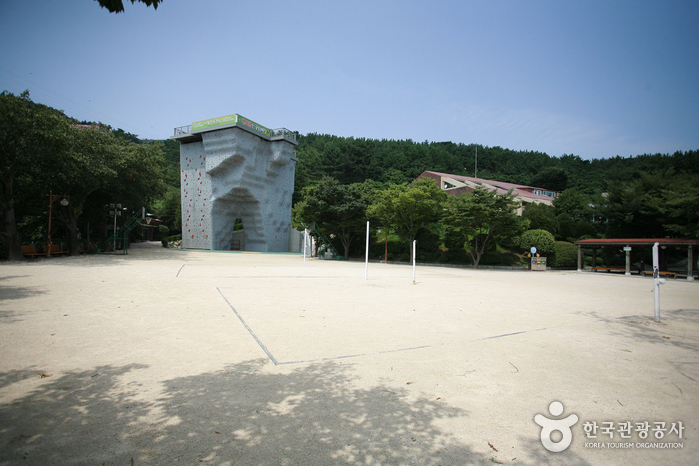
![Olive Young - Gwangalli Branch [Tax Refund Shop] (올리브영 광안리)](http://tong.visitkorea.or.kr/cms/resource/14/2885714_image2_1.jpg)
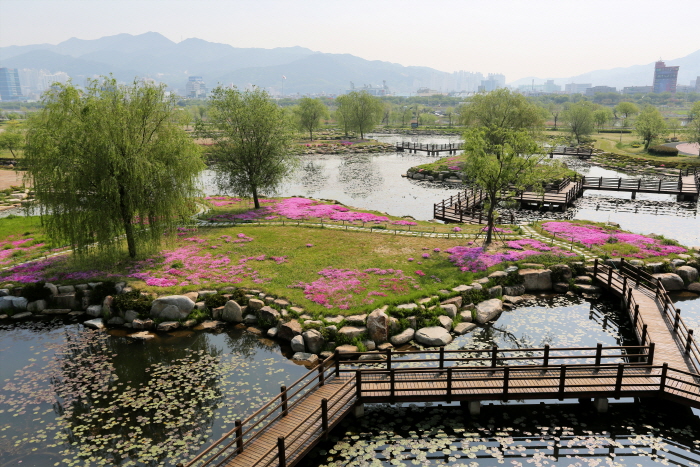
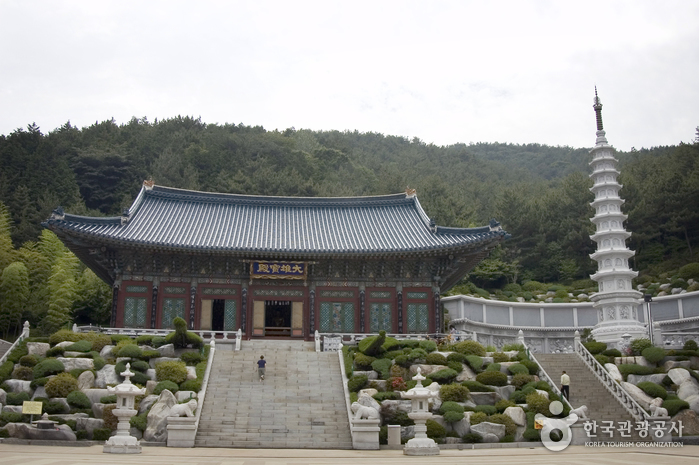
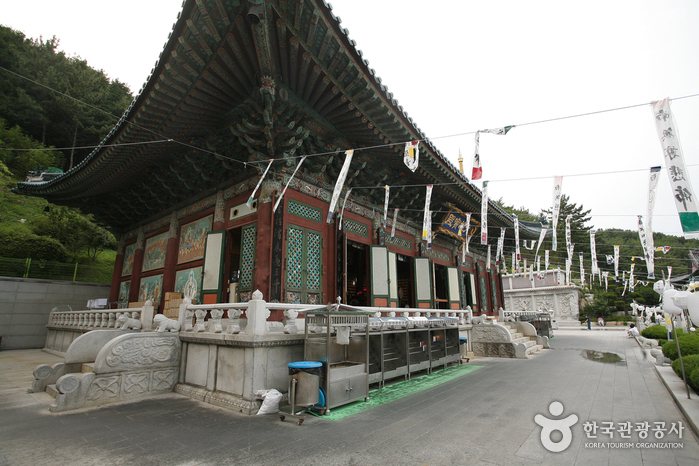
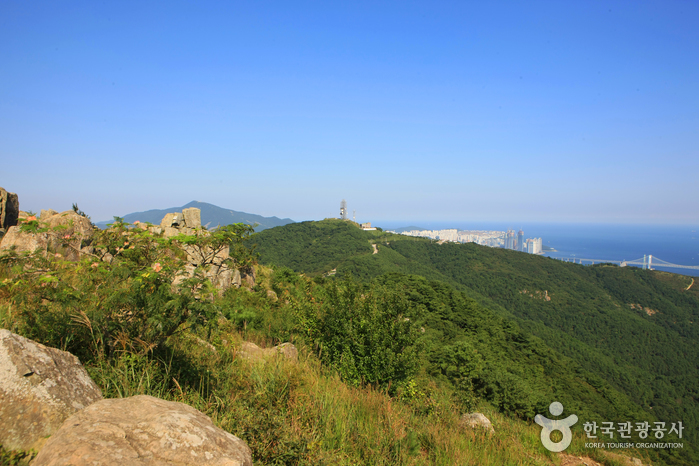

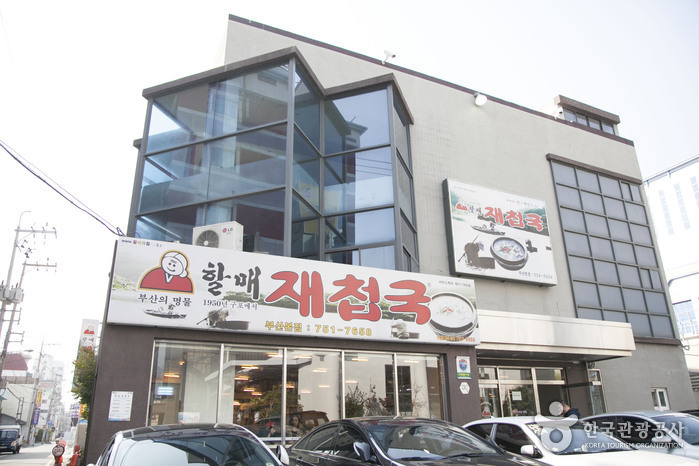
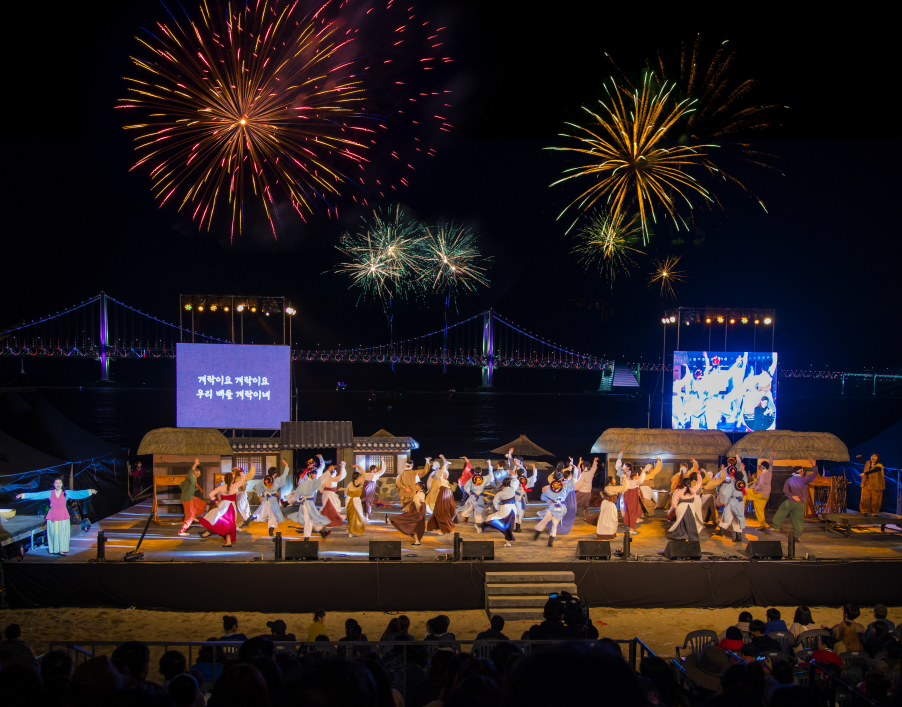
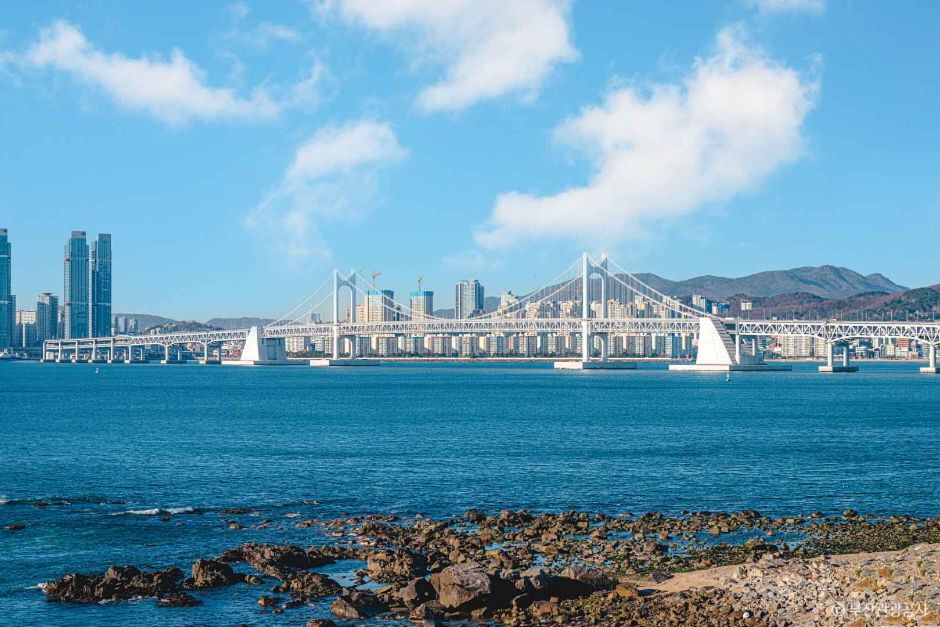
 English
English
 한국어
한국어 日本語
日本語 中文(简体)
中文(简体) Deutsch
Deutsch Français
Français Español
Español Русский
Русский